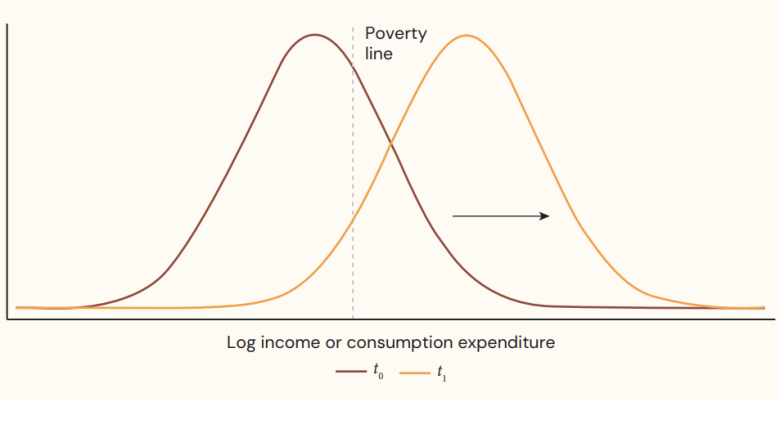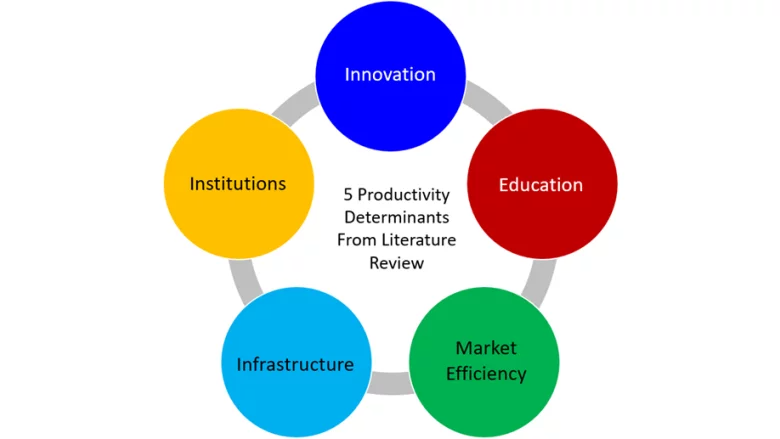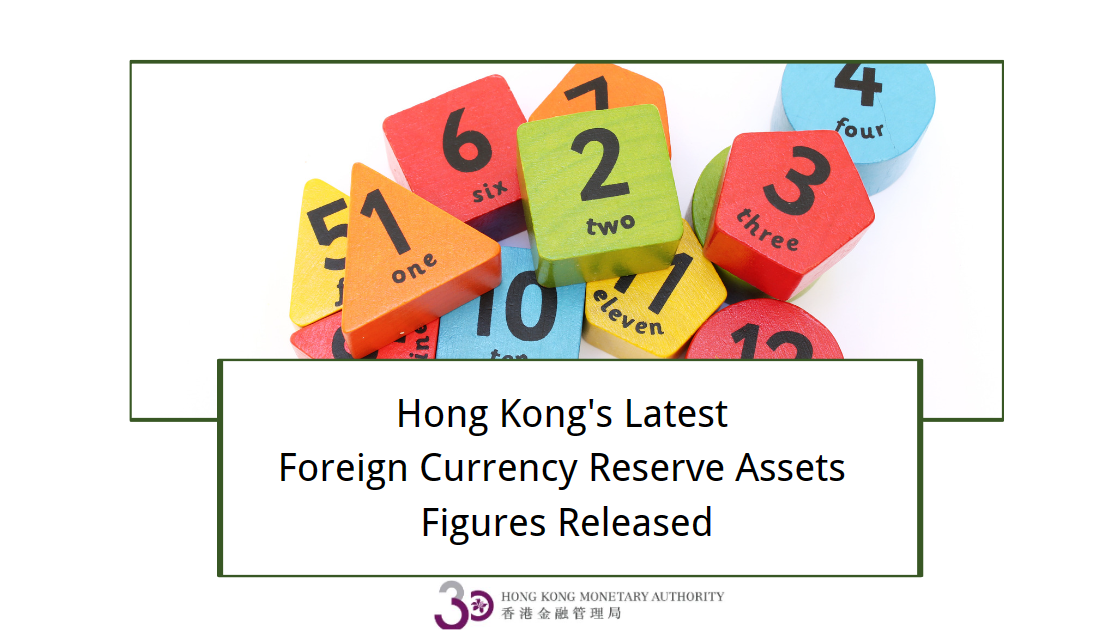Dreaming Big on Growth? A Decade of Insights from the Long Term Growth Model
Economic growth is the foundation on which social and economic development rests. It generates jobs, fosters innovation and entrepreneurship, and generates resources to fund public services and infrastructure. When growth is inclusive and sustainable, it can also promote political and social stability. Therefore, economic growth is key to eliminating poverty and boosting shared prosperity. Yet for many countries, sustained growth has proven elusive.
At a recent Policy Research Talk, two World Bank economists—Norman Loayza, Director of the Global Indicators Group, and Steven Pennings, Senior Economist in the Development Research Group—summarized key findings from a new book that synthesizes a decade of insights from the Long Term Growth Model (LTGM). The LTGM is a suite of accessible models, papers, and simple and publicly available spreadsheet-based toolkits. These toolkits allow users to simulate long-term growth scenarios in almost any country. The new book, The Long Term Growth Model: Fundamentals, Extensions, and Applications, covers the basics of the model, various extensions, and a collection of six country case studies where the model has been applied.
The book comes at a particularly critical moment, as the World Bank's latest Global Economic Prospects Report projects that global economic growth in 2023 will decelerate sharply to 1.7 percent, the third weakest pace of growth in nearly three decades.
The LTGM picks up where many shorter-term growth projections leave off by examining the long-term determinants of growth that play out over the course of decades. The tool builds on the Solow-Swan neoclassical growth model, well-known among economists as a fundamental way to think about growth. With its focus on the structural, rather than cyclical, determinants of growth, the LTGM is particularly useful for governments seeking to accelerate growth and creating national development plans that include explicit growth targets.
According to Loayza, the tool can help generate realistic expectations that lead to better growth strategies. “Every country would like to replicate Korea’s spectacular growth story. But planning on high growth rates can be problematic if it leads to poor decision making or social frustration. Unrealistic growth expectations can lead to unsustainable levels of public expenditures, deficits, and debt,” said Loayza.
Figure 1: The Effect of Growth on Poverty
The graph illustrates how growth can affect poverty in the LTGM, assuming unchanged inequality. Economic growth will shift the income distribution to the right, causing people’s incomes to rise above the poverty line. The effect of growth on poverty will depend on the fraction of the population that is near the poverty line. For a detailed explanation, see page 21 of The Long Term Growth Model: Fundamentals, Extensions, and Applications.

The standard LTGM is designed to be simple and easy-to-use and so only has three basic building blocks. The first is a standard production function that connects GDP to the stock of physical capital like machinery and equipment, the number of workers and their level of education, and the level of total productivity (driven by technology and efficiency). The second building block is the accumulation of physical capital over time. Finally, the third building block assesses demographics and labor market factors, including the share of the population that is of working age and the female labor force participation rate.
Using the LTGM, policy makers can simulate a range of future growth paths. A business-as-usual growth path assumes that historical trends in investment, human capital growth, and total factor productivity growth continue in the future and can serve as a useful baseline. This baseline can then be compared to counterfactual scenarios with higher investment rates, greater educational attainment, or faster total factor productivity growth. Generating these alternative growth paths can help guide policy makers in prioritizing the most effective reforms and investments for long-term growth.
Loayza pointed to the example of Bangladesh among others to illustrate how this tool has been used in practice. Researchers used the LTGM to assess whether the high rates of growth that Bangladesh has achieved will continue in the future following a business-as-usual path. While physical investment has been a key driver of growth in recent history, the researchers found this would not be adequate by itself to sustain high growth into the future. In particular, the country needs to find ways to boost productivity growth if it hopes to sustain its current growth path.
Engagements in dozens of countries over the last decade have spurred Loayza, Pennings, and coauthors to expand the scope of the tool to address a variety of topics in greater detail. Three extensions to the standard LTGM look at the impact of public investment on growth, growth in natural resource rich economies, and the determinants total factor productivity growth. The total factor productivity extension helps users assess a country's potential for improving its TFP growth rate over the next few decades (Figure 2). The natural resource extension adds a natural resource sector to the model to analyze how long-run growth evolves in commodity exporting countries, the impact of commodity price shocks, and the growth impacts of resource depletion and discoveries. The public capital extension allows users to analyze the effect of an increase in public or private investment or the quality of public investment on economic growth.
Figure 2: Determinants of Productivity Growth
The figure highlights the five determinants of productivity growth identified in academic research. The LTGM-TFP extension uses a Total Factor Productivity Determinant Index based on these five determinants to calculate how fast countries can expect productivity to grow. For a detailed explanation, see chapter three of The Long Term Growth Model: Fundamentals, Extensions, and Applications.

In addition to providing a suite of off-the-shelf tools for growth analysis, the LTGM has also generated new policy insights that are relevant for any country hoping to boost its growth. One critical lesson is that sustained long-term growth cannot rely on high investment rates alone. “In the long run, investment-led growth strategies are unsustainable,” said Pennings. “Instead, countries need a broad-based strategy that is also accompanied by other sources of growth, such as improvements in productivity, investments in human capital, and greater female labor-force participation.”
The pair of economists also emphasized that while many factors are important for growth, the importance of each factor varies over time and across countries. This underlines the value of a tool like the LTGM that can help governments prioritize reforms given a country’s current constraints and opportunities.
So far, the LTGM toolkits have been applied to more than 50 countries as a part of growth simulation exercises. Additional work on the LTGM project is ongoing, with regular data updates, new applications, and further extensions to enrich the LTGM suite. The basic toolkits as well as all the extensions and supporting research are all freely available on the LTGM website at http://www.worldbank.org/LTGM.






















































First, please LoginComment After ~